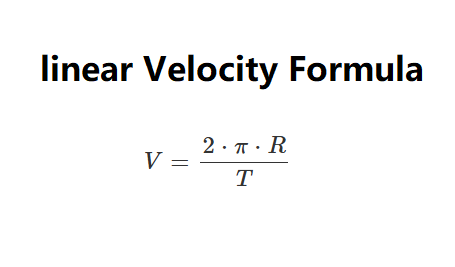 Home
Home
 Back
Back

Definition: This calculator determines the linear velocity (\( v \)) of an object moving in a circular path based on its radius (\( R \)) and lap time (\( T \)).
Purpose: It assists physicists and engineers in analyzing the speed of rotating or circular motion systems.
The calculator uses the relationship:
Where:
Explanation: Enter the radius and lap time in the chosen units, and the calculator computes the linear velocity in multiple units. Results use scientific notation (5 decimal places) if the velocity in meters/second is greater than 1000 or less than 0.00001, otherwise 2 decimal places. The image output (4.8224628282473 m/s for \( R = 25.52 \, \text{m} \), \( T = 33.25 \, \text{s} \)) matches the calculation.
Details: Linear velocity is essential for understanding the speed of objects in circular motion, used in designing systems like wheels, gears, and planetary motion.
Tips: Enter positive values for radius and lap time, then click "Calculate." Results show linear velocity in various units (scientific notation with 5 decimal places if > 1000 or < 0.00001 m/s, otherwise 2 decimal places).